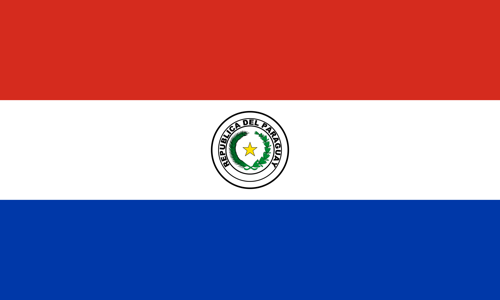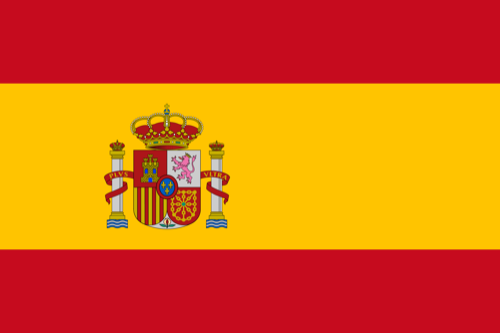Back to resource


Paraguay
Team Europe Initiative and Joint Programming Tracker
Country
Continent:
Americas & the Caribbean
Region:
Latin America
0





Joint Programming: State of play
EU coordination activities and preparatory works in view of producing and implementing Joint Programming in the country started in 2012. In 2014 the government released its National Development Plan 2030 (NDP) which focuses on i) poverty reduction and social development ii) inclusive economic growth iii) insertion of Paraguay in the world. The government has further defined a Plan 2014-2018 on the basis of the NDP.
EU and all Member States present in Paraguay (Germany, Spain, France, Italy and the United Kingdom) adopted a Joint European strategy covering the period 2014-2018. Its strategic objectives are the following:
Therefore, focal sectors of the Joint European Strategy are :
During the preparation of the JP, Spain undertook to extend the validity of Marco de Asociación (MAP) until 2018 in order to fully fit in the EU Joint programming exercise and match the term of the executive.
The joint programming exercise has strengthened division of labour among the EU and MS. In light of the EU's strong focus on education, Spain has withdrawn from this sector and strengthened its focus on health, water supply and sanitation.
Background
The 1992 EU and Paraguay framework focused on cooperation to development, trade and only marginally touched political dialogue. Over the last years the relations have evolved considerably: trade and investment, drugs and security, environment and climate change, human rights and academic cooperation have gained importance. Cooperation to development remains a fundamental component of the relation.
The government has made concrete efforts in the fight against poverty by focusing on sustainable and inclusive economic development and social protection,in line with its international commitment in the framework of the UN Development Goals and SDGs.
Assessment and Perspectives
The positive attitude from the authorities, combined with the fact that only 2 MS have a sizeable aid programme and only one works on the basis of programmable aid, are all enabling conditions for a smooth process of Joint programming. Intra-EU coordination has been efficient and effective all along, but donors’ coordination has not received equal attention from the Government side. Government has yet to organise a space of dialogue with all donors on its own plans and priorities. Efforts led by the EU in order to ensure regular meeting of an informal committee of main donors with the Technical Secretariat for Planning, formally in charge of donors’ coordination were not sustained. No single national counterpart for all donors, who are split between the Ministry of Foreign Affairs (MFA), the National Secretariat for Planning and the Ministry of Finance. E.g. STP is the counterpart for Spain's Marco de Asociación, the Commission's counterpart is the MFA, France, Germany, Italy and the UK largely deal directly with individual line ministries.JP can hardly operate at its full potential in this context.
Final consideration: Strong development gains in Paraguay over the last decade entail that: